

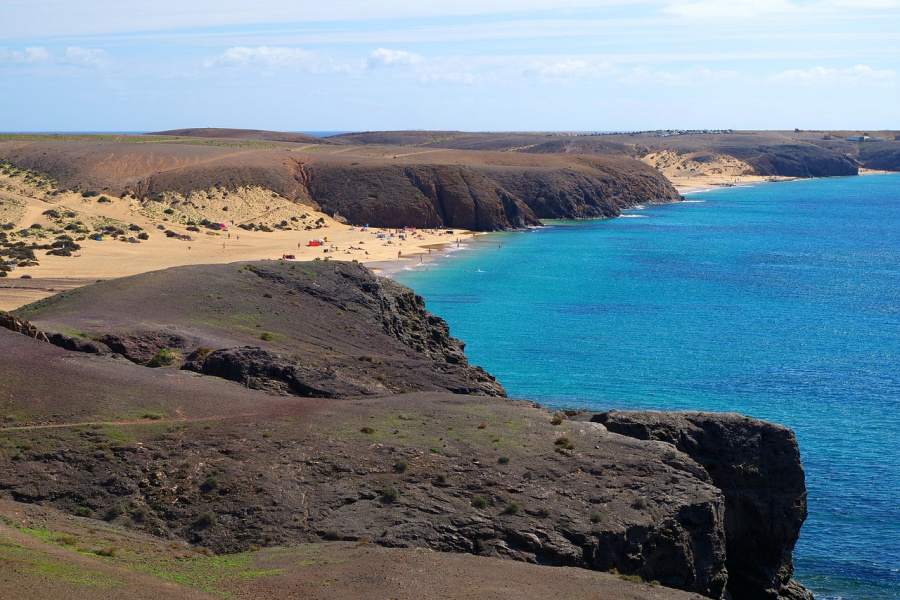
An Introduction to The Canary Islands
Nestled in the embrace of the Atlantic Ocean, the Canary Islands stand as jewels of unparalleled beauty and cultural richness. The Spanish archipelago's eight main islands—Tenerife, Gran Canaria, Lanzarote, Fuerteventura, La Palma, La Gomera, El Hierro and La Graciosa—form a haven where nature's splendours and human heritage unite to offer an extraordinary and diverse tapestry of experiences.
With a unique blend of subtropical climates, dramatic landscapes, and rich historical and cultural influences, the Canary Islands have enchanted travellers for centuries. Whether you seek respite on sun-kissed beaches, yearn to explore volcanic landscapes, or wish to immerse yourself in the vibrant tapestry of Canarian culture, the Canary Islands promise a journey of discovery and delight.
In this comprehensive Introduction To the Canary Islands, we will embark on a voyage to uncover the secrets, wonders, and treasures that make them an unparalleled destination. From the eternal spring of Tenerife to the lunar landscapes of Lanzarote, from the lush rainforests of La Gomera to the historic streets of Las Palmas, we traverse the archipelago's diverse landscapes, traditions, and attractions. Prepare to be captivated by the allure of the Canary Islands as we delve into their history, geography, culture, and the myriad of experiences that await those fortunate enough to explore this sun-soaked paradise.
The Geography and Geology of the Canary Islands
Landscapes Born of Fire and Water
The Canary Islands, often referred to as the "Islands of Eternal Spring," are an archipelago of volcanic origin located off the northwest coast of Africa. Situated at the crossroads of three tectonic plates—the African, Eurasian, and American plates—their geology is a testament to the powerful forces that have shaped this unique corner of the world.
Volcanic Origins
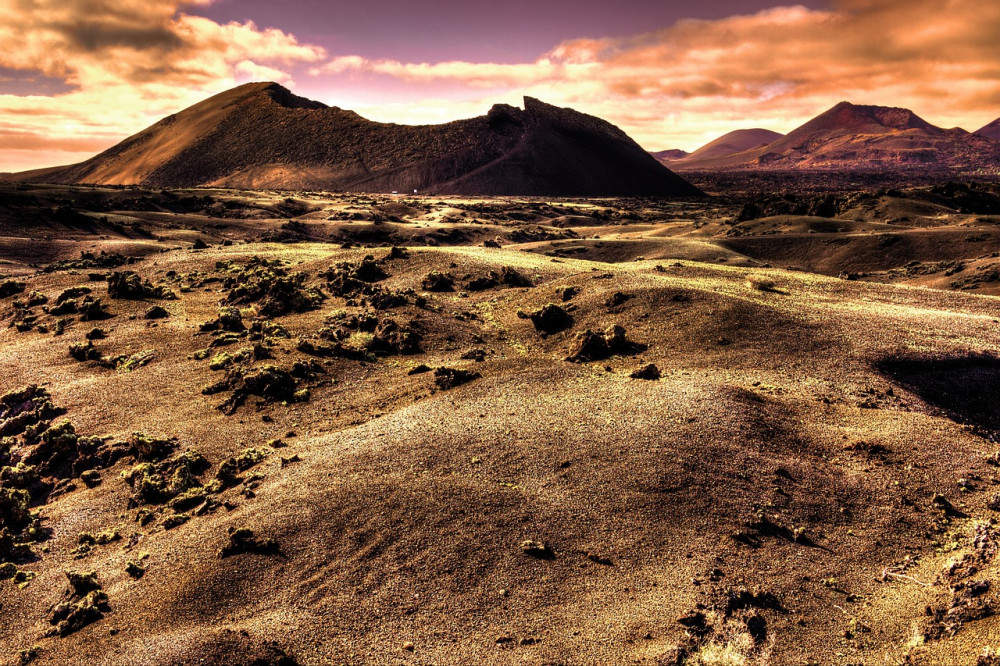
The Canary Islands owe their dramatic landscapes to a long history of volcanic activity. These islands are the product of millions of years of eruptions, with some of the volcanoes still considered active today. The most iconic of these is Mount Teide, rising majestically on Tenerife as the highest peak in Spain and the third tallest volcano on Earth when measured from its base on the ocean floor. Visitors can ascend its slopes to gaze upon otherworldly lunar landscapes and, if fortunate, witness the breathtaking sunrise from its summit.
Island Diversity
Each of the eight islands posses a distinct geological character, offering an array of landscapes to explore. From the fertile terraced fields of La Palma to the ethereal beauty of Lanzarote's Timanfaya National Park, where jagged lava fields stretch to the horizon, the Canary Islands showcase the sheer diversity of volcanic forms and phenomena.
Microclimates and Biodiversity
The volcanic topography also creates microclimates across the islands, allowing for a remarkable range of ecosystems. These microclimates have nurtured an exceptional variety of flora and fauna, including endemic species found nowhere else on Earth. On La Gomera, ancient laurel forests whisper secrets of prehistoric landscapes, while the Dragon Tree (Dracaena draco) of Tenerife stands as a botanical icon of longevity and mystique.
Climate of Eternal Spring
Year-Round Sunshine and Comfort
The Canary Islands' climate is nothing short of idyllic. Whether you visit in the heart of winter or the peak of summer, the islands offer consistently pleasant weather, making them an ideal year-round destination.
Subtropical Climate
The Canary Islands enjoy a subtropical climate with mild, comfortable temperatures throughout the year. Warm summers beckon sunseekers to pristine beaches, while the mild winters invite outdoor exploration and relaxation. Average temperatures remain remarkably stable, with variations mainly dependent on factors such as elevation and location within each island.
Trade Winds and Calima
The trade winds, known locally as "alisios," are a defining feature of the Canary Islands' climate. These steady easterly winds temper the heat of summer and contribute to the islands' comfortable conditions. However, occasional occurrences of "calima," the arrival of warm, dust-laden winds from the Sahara Desert, can temporarily raise temperatures and reduce visibility.
The Canarian Cuisine: A Feast of Flavours
A journey to the Canary Islands is incomplete without indulging in the rich and diverse flavours of Canarian cuisine. Rooted in a blend of indigenous Guanche, Spanish, African, and Latin American influences, the islands' culinary traditions are a delightful fusion of history and culture.
Mojo Sauces
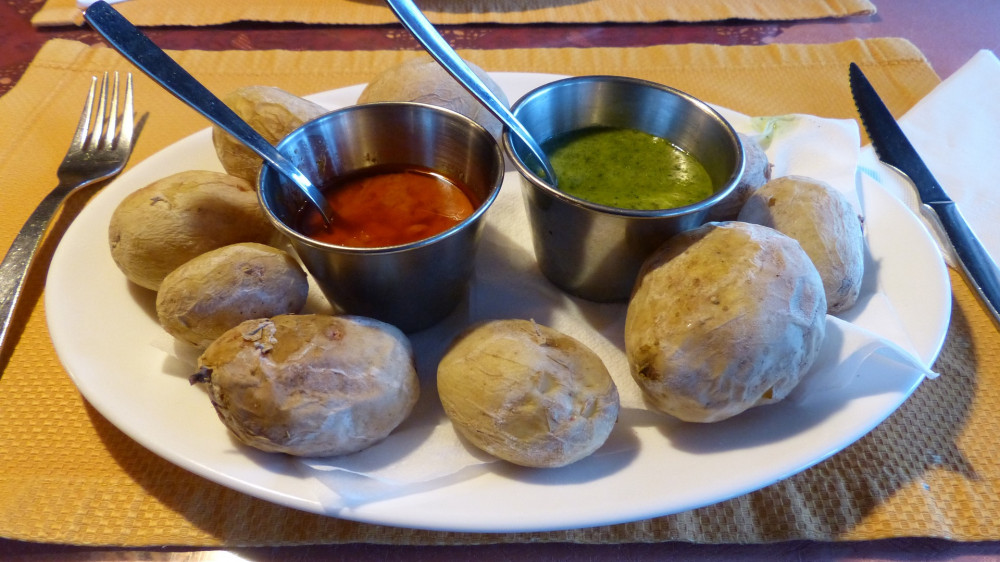
The heart and soul of Canarian cuisine are the iconic "mojo" sauces. These vibrant and flavorful condiments come in various iterations, with the most famous being "mojo verde" (green) and "mojo rojo" (red). Made from ingredients like garlic, peppers, cilantro, and paprika, they provide a zesty accompaniment to an array of dishes, from "papas arrugadas" (wrinkled potatoes) to grilled meats and fish.
Fresh Seafood
Being surrounded by the Atlantic Ocean, the Canary Islands offer a bounty of fresh seafood. Local specialties include "vieja a la plancha" (grilled parrotfish), "cherne" (wreckfish), and "gambas al ajillo" (garlic shrimp). Coastal towns and fishing villages serve up delectable seafood dishes that showcase the islands' maritime heritage.
Traditional Dishes
Canarian cuisine also boasts hearty and comforting dishes that reflect the islanders' history of self-sufficiency. "Gofio," a roasted maize flour, forms the base of many traditional dishes, such as "gofio escaldado" and "gofio amasado." "Conejo en salmorejo" (rabbit in a tangy marinade) and "ropa vieja" (shredded beef stew) are beloved comfort foods.
Local Canary Island Wines

The Canary Islands are renowned for their unique and flavorful wines. The volcanic soils and microclimates provide the ideal conditions for cultivating grapes, resulting in distinctive wines like Malvasía, Listán Blanco, and Listán Negro. Visitors can explore the island's vineyards and savor these local vintages.
Desserts and Sweets
No culinary exploration of the Canary Islands would be complete without indulging in their delectable desserts. "Bienmesabe," a sweet almond and honey confection, and "frangollo," a traditional custard-like dessert, are just a few of the sweet delights that await.
The Enchanting Culture of the Canary Islands
A Melting Pot of Influences
The Canary Islands' vibrant and diverse culture is a testament to centuries of cross-cultural exchange and historical influences. From indigenous Guanche traditions to Spanish colonial heritage and modern global connections, the islands' culture is a captivating blend of the old and the new.
Indigenous Heritage
Before the arrival of European explorers, the Canary Islands were inhabited by the Guanches, indigenous peoples who left a lasting imprint on the islands' culture. Their legacy can be seen in the unique flora and fauna of the islands and is celebrated in festivals, art, and museums.
Fiestas and Carnivals
The Canary Islands are known for their vibrant and colorful fiestas and carnivals. The Carnival of Santa Cruz de Tenerife, with its elaborate costumes and lively parades, is one of the largest and most famous in the world. Each island boasts its unique celebrations and traditions, often influenced by local history and folklore.
Music and Dance
Music and dance are integral to Canarian culture. The islands' musical traditions include the hauntingly beautiful "silbo gomero," a whistling language unique to La Gomera, as well as folk songs and dances that celebrate the islands' heritage. Visitors can experience live performances of traditional music and dance throughout the archipelago.
Arts and Crafts
The Canary Islands have a rich tradition of arts and crafts, including pottery, basket weaving, and traditional textile production. Local artisans create exquisite pieces that reflect the islands' cultural diversity and natural beauty.
Language and Literature
Spanish is the official language of the Canary Islands, but there are distinct regional dialects and linguistic features influenced by the islands' history. Canarian literature has also flourished, with authors like Benito Pérez Galdós and modern-day writers contributing to the literary heritage.
Modern Influences
In addition to their historical roots, the Canary Islands have embraced modern influences from around the world. These islands are home to a thriving arts scene, contemporary music festivals, and a dynamic culinary landscape that melds tradition with innovation.Exploring the Canary Islands
A Multifaceted Archipelago
The Canary Islands' diverse landscapes and cultural riches invite exploration and discovery. Each of the seven main islands presents a unique tapestry of experiences for travelers, ranging from the iconic to the hidden gems.
Tenerife
Tenerife, the largest and most populous of the Canary Islands, boasts a wealth of attractions. Its crown jewel is Mount Teide, a UNESCO World Heritage site and Spain's highest peak. The island's vibrant capital, Santa Cruz de Tenerife, and the historic town of La Orotava offer cultural delights, while coastal towns like Los Cristianos and Puerto de la Cruz invite relaxation and seaside adventures.
Gran Canaria
Gran Canaria, known as the "Miniature Continent" for its diverse landscapes, is a destination of contrasts. Explore the bustling capital of Las Palmas, wander through the picturesque streets of Teror, or immerse yourself in the striking dunes of Maspalomas. The interior reveals dramatic canyons, while the coastline is dotted with charming fishing villages.
Lanzarote
Lanzarote's otherworldly landscapes have earned it UNESCO Biosphere Reserve status. Timanfaya National Park showcases a surreal expanse of lava fields, geysers, and volcanic craters. The artist César Manrique's influence can be seen throughout the island, blending nature and art in places like the Jameos del Agua and Mirador del Río.
Fuerteventura
Fuerteventura's endless stretches of golden sand beaches and clear waters make it a paradise for sun lovers and water sports enthusiasts. The town of Corralejo offers vibrant nightlife, while Betancuria and La Oliva provide glimpses into the island's history. Explore the windswept landscapes of Jandía Natural Park and the Ajuy Caves.
La Palma
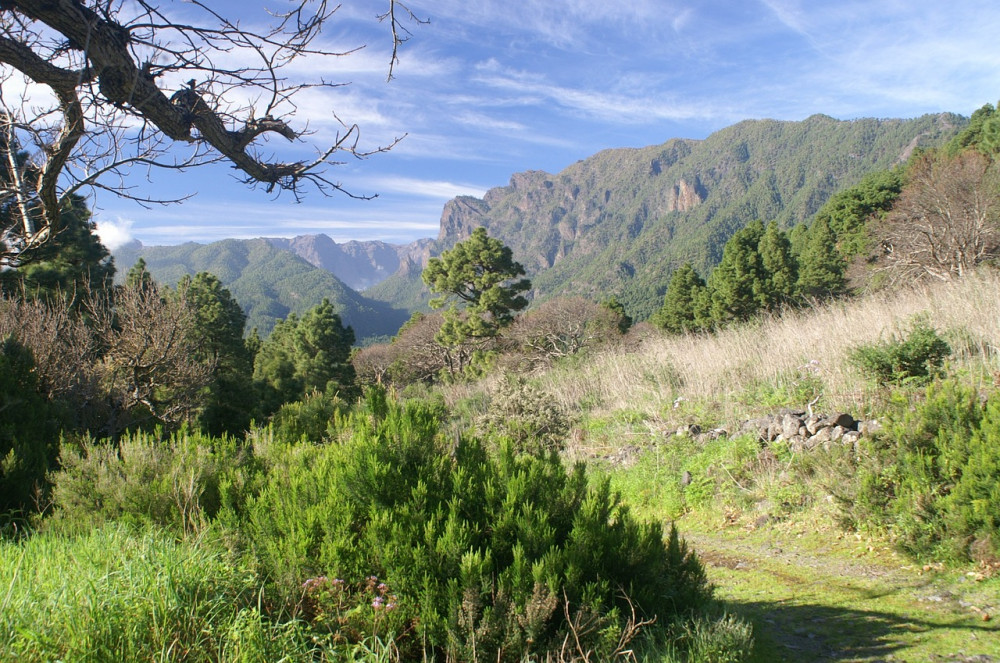
La Palma, often called "La Isla Bonita" (the Beautiful Island), captivates with its lush landscapes and stargazing opportunities. Hike through the laurel forests of Garajonay National Park, explore the volcanic landscapes of Caldera de Taburiente, and stargaze at the Roque de los Muchachos Observatory.
La Gomera
La Gomera's rugged terrain and pristine nature offer a serene retreat for hikers and nature enthusiasts. Discover the ancient laurel forests of Garajonay National Park, hike along centuries-old paths, and immerse yourself in the island's unique culture, including the traditional whistling language, "silbo gomero."
El Hierro
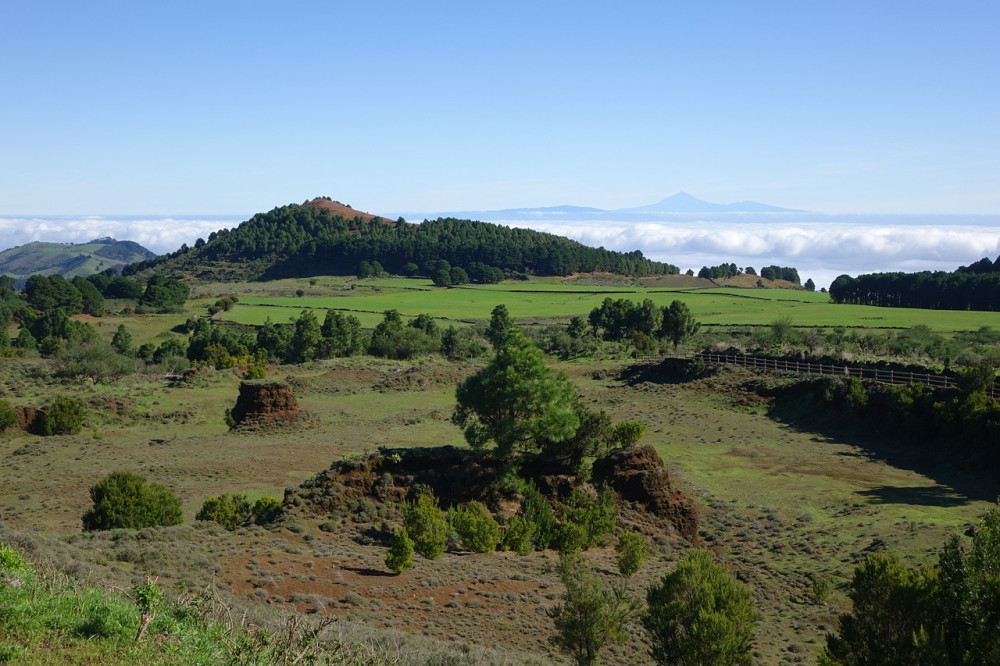
El Hierro, the smallest and westernmost of the Canary Islands, is a natural treasure of rugged beauty and ecological significance. With its UNESCO Biosphere Reserve status, the island is dedicated to sustainable living and protecting its unique ecosystems. El Hierro offers a haven for hikers, nature enthusiasts, and stargazers, with its diverse landscapes, including lush forests, volcanic formations, and pristine coastlines.
The island's tranquil villages, such as Valverde and La Restinga, provide a glimpse into Canarian culture and traditions, while its marine reserves and clear waters make it an excellent destination for diving and underwater exploration. El Hierro's commitment to sustainability and its pristine environment make it an off-the-beaten-path destination for those seeking a truly authentic and environmentally conscious Canary Islands experience.
La Graciosa
La Graciosa is a charming and relatively undiscovered gem among the Canary Islands. Located just north of Lanzarote, it is the smallest inhabited island in the archipelago and boasts a laid-back, unspoiled atmosphere. Known for its pristine, white-sand beaches, crystal-clear waters, and dramatic volcanic landscapes, La Graciosa is a paradise for nature lovers and beach enthusiasts.
The island's main settlement, Caleta del Sebo, is a picturesque fishing village where visitors can savor fresh seafood and immerse themselves in the island's tranquil way of life. With its protected status as part of the Chinijo Archipelago Natural Park, La Graciosa offers a unique opportunity to escape the crowds and experience the serene beauty of the Canary Islands in its purest form.
Outdoor Adventures and Natural Wonders of The Canary Islands
An Outdoor Playground
The Canary Islands' diverse landscapes invite outdoor enthusiasts to embark on a wide range of adventures. Whether you seek adrenaline-pumping activities or peaceful moments in nature, these islands provide a natural playground like no other.
Hiking and Trekking in The Canary Islands
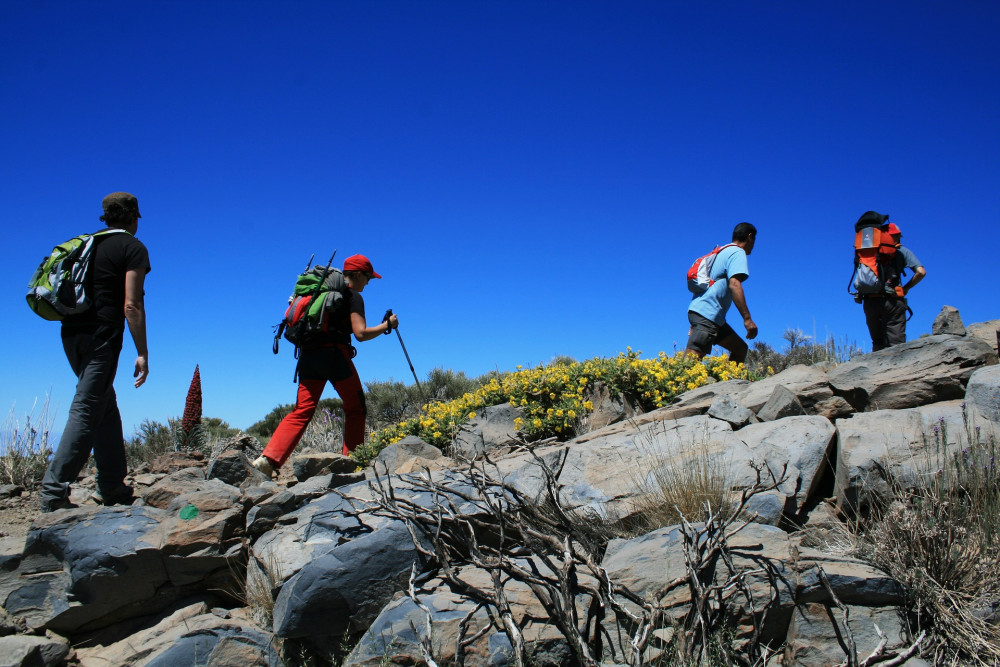
With a network of well-marked trails and a variety of landscapes, the Canary Islands are a hiker's paradise. From the challenging ascent of Mount Teide on Tenerife to the serene paths of La Gomera's rainforests, there are options for all levels of hikers.
Cycling and Mountain Biking in The Canary Islands
The islands' topography offers excellent terrain for cyclists. Road cycling routes wind through picturesque villages and coastal roads, while mountain biking trails lead to rugged volcanic landscapes.
Water Sports in The Canary Islands
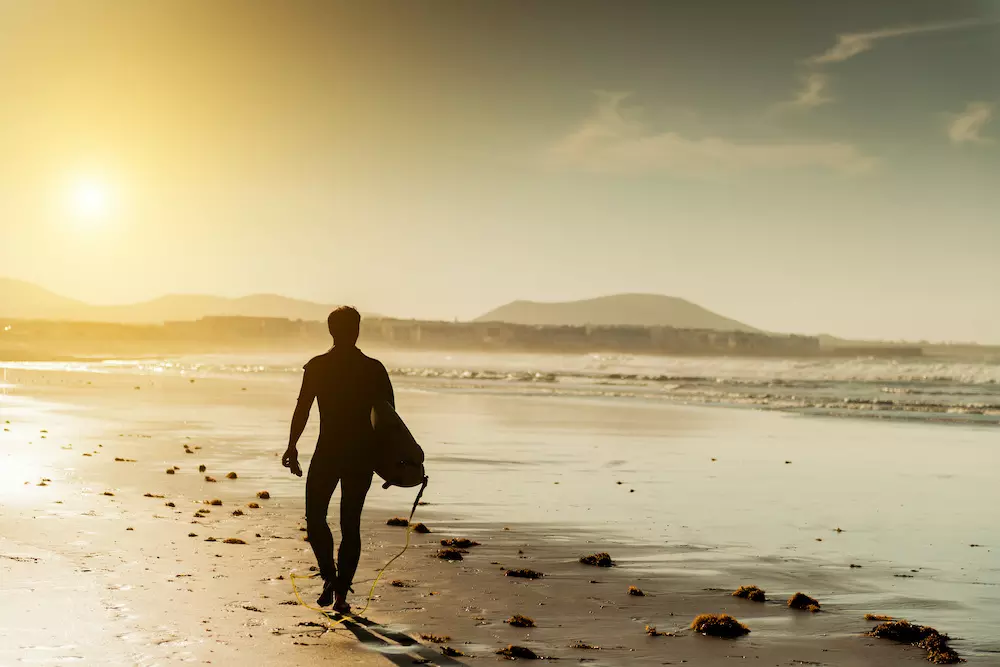
With warm, clear waters, the Canary Islands are a water sports paradise. Enjoy activities like surfing, windsurfing, kitesurfing, and stand-up paddleboarding. Dive into the underwater world to discover vibrant marine life and submerged volcanic formations.
Whale and Dolphin Watching in The Canary Islands
The Canary Islands are renowned for their marine biodiversity. Take a boat excursion to spot dolphins, whales, and other marine creatures in their natural habitat. Tenerife and La Gomera are popular departure points for these tours.
Stargazing in The Canary Islands

The clear skies and low light pollution in certain areas of the Canary Islands make them ideal for stargazing. Explore the night sky with organized astronomy tours or visit observatories for an unforgettable celestial experience.
Golf in The Canary Islands
Golfers will find excellent courses on several islands, including Tenerife and Gran Canaria. Enjoy a round of golf against a backdrop of stunning ocean views and volcanic landscapes.
Beaches, Relaxation, and Wellness
Sun-Kissed Shores and Serenity
The Canary Islands are synonymous with sun, sea, and relaxation. Whether you crave leisurely days on sandy shores, rejuvenating spa experiences, or holistic wellness retreats, these islands offer endless opportunities for rest and revitalisation.
Beach Escapes
The Canary Islands are home to some of Europe's most stunning beaches. From the golden sands of Playa de las Teresitas on Tenerife to the hidden coves of Playa de las Conchas on La Graciosa, there is a beach to suit every preference.
Thermal Springs
Tenerife's Los Balnearios de Adeje is a unique site where natural thermal springs meet the ocean. Visitors can soak in warm, therapeutic waters while enjoying breathtaking coastal views.
Hidden Gems and Local Secrets of The Canary Islands
Off the Beaten Path
While the Canary Islands offer well-known attractions and popular destinations, they are also home to hidden gems and local secrets waiting to be discovered. Venture off the beaten path to uncover the lesser-known treasures of these enchanting islands.
Hidden Beaches
Away from the bustling resorts, the Canary Islands hide secluded coves and unspoiled beaches. Seek out these hidden gems for a tranquil day by the sea.
Quaint Villages
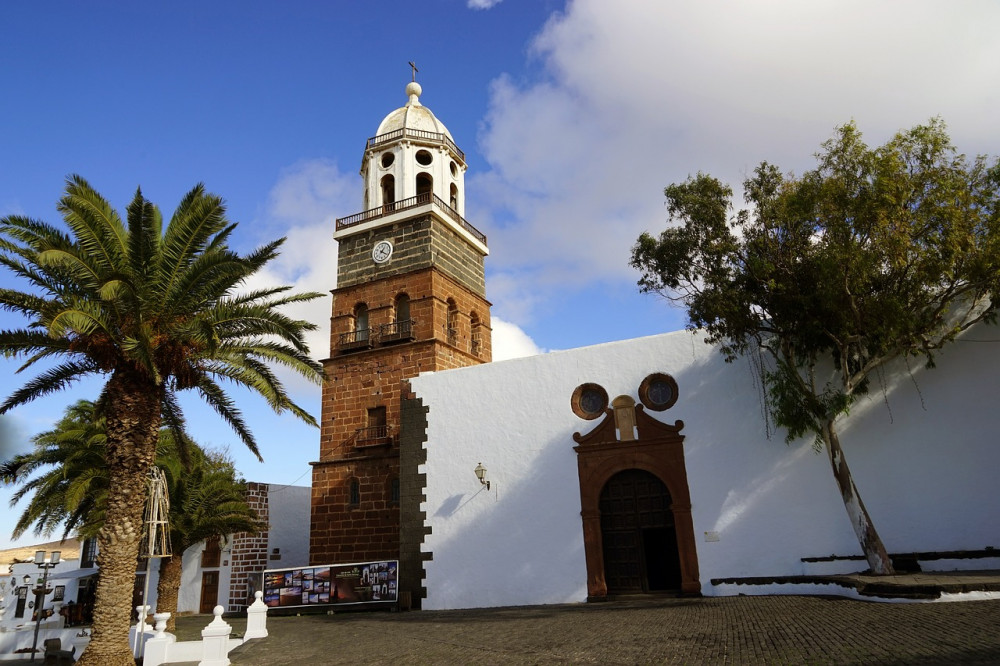
Explore charming villages like Agüimes in Gran Canaria, Masca in Tenerife, and Haría in Lanzarote. These picturesque locales provide an authentic glimpse of Canarian life.
Local Markets
Visit local markets, such as the Mercado de Nuestra Señora de Africa in Santa Cruz de Tenerife or the Mercado de Vegueta in Las Palmas, to sample fresh produce, artisanal products, and experience the vibrant atmosphere.
Nature Reserves
Discover lesser-visited natural reserves and parks, such as the Malpaís de Güímar in Tenerife or the Roque de Bonanza in El Hierro. These protected areas offer pristine landscapes and unique biodiversity.
Historic Sites of The Canary Islands
Explore historic sites and ruins, including the Guanche caves of Cueva del Viento in Tenerife or the pre-Hispanic settlements of Los Petroglifos de Galdar in Gran Canaria.
Practical Information and Travel Tips for The Canary Islands
Planning Your Journey
Before embarking on your adventure to the Canary Islands, it's essential to have practical information and travel tips at your fingertips. From visa requirements to transportation options and local customs, this chapter will help you plan a seamless and unforgettable trip.
Visa and Entry Requirements
Learn about the visa requirements for your country of origin and ensure you have the necessary travel documents. European Union (EU) citizens can enter the Canary Islands with a valid ID card or passport
Transportation
Discover the various transportation options available on the islands, including flights, ferries, and local buses. Rental cars and taxis are also readily available for convenient exploration.
Language
While Spanish is the official language, English is widely spoken in tourist areas. Familiarizing yourself with a few basic Spanish phrases can enhance your travel experience.
Currency in The Canary Islands
The currency in the Canary Islands is the Euro (EUR). ATMs are readily available, and major credit cards are widely accepted.
Local Etiquette
Respect local customs and etiquette, such as greeting with a kiss on both cheeks and dressing modestly when visiting religious sites.
Canary Islands Time Zone
The Canary Islands are in the Western European Time Zone (WET), which is UTC+0 during standard time and UTC+1 during daylight saving time.
With its breathtaking landscapes, rich cultural tapestry, and unparalleled natural wonders, the Canary Islands beckon holiday-makers and travellers to embark on an extraordinary journey. Whether you seek relaxation on sun-drenched shores, exhilaration through outdoor adventures, or immersion in the islands' vibrant culture, this diverse archipelago offers an array of experiences to captivate your heart and soul.
Prepare to set sail on an exploration of the Canary Islands—a place where the beauty of nature meets the richness of culture, where history and tradition blend seamlessly with modernity, and where the spirit of adventure thrives in the embrace of an eternal spring. Your Canary Islands adventure awaits, and it promises to be a journey of discovery, wonder, and enduring memories.
Check out the rest of our website for the best things to do in the Canary Islands.